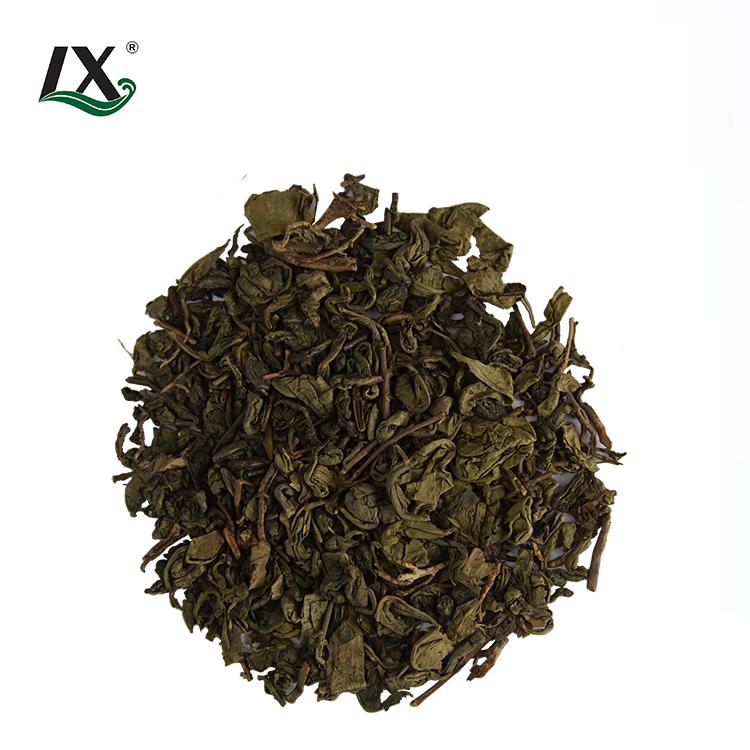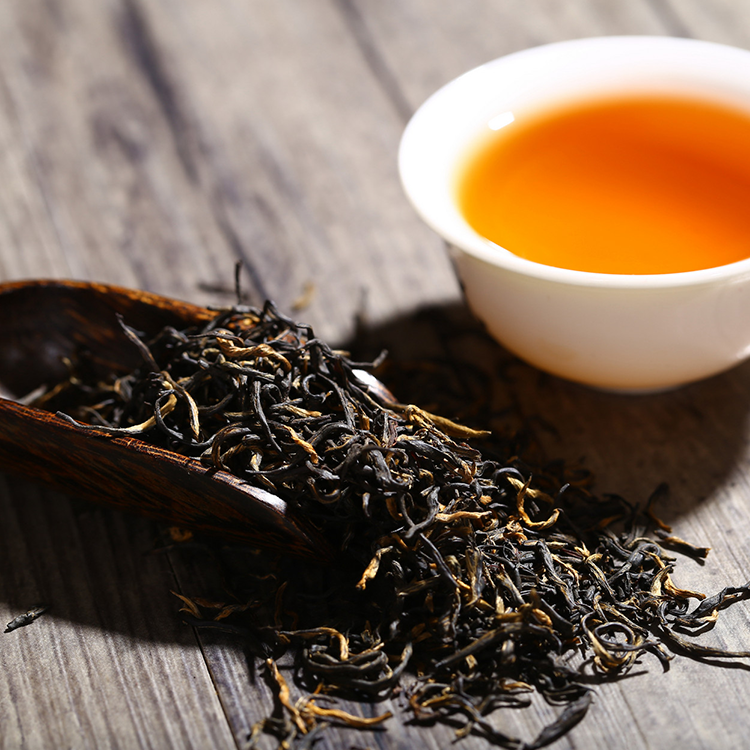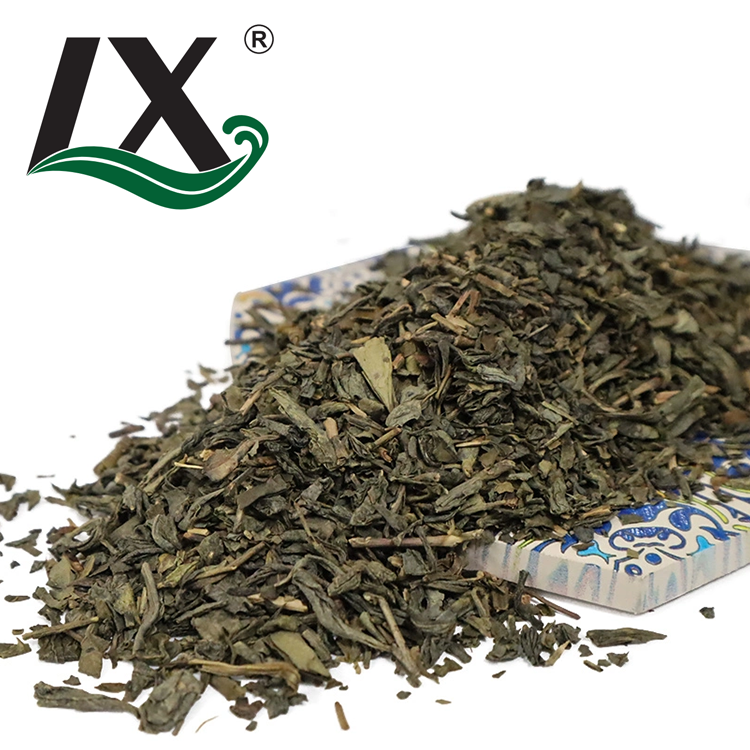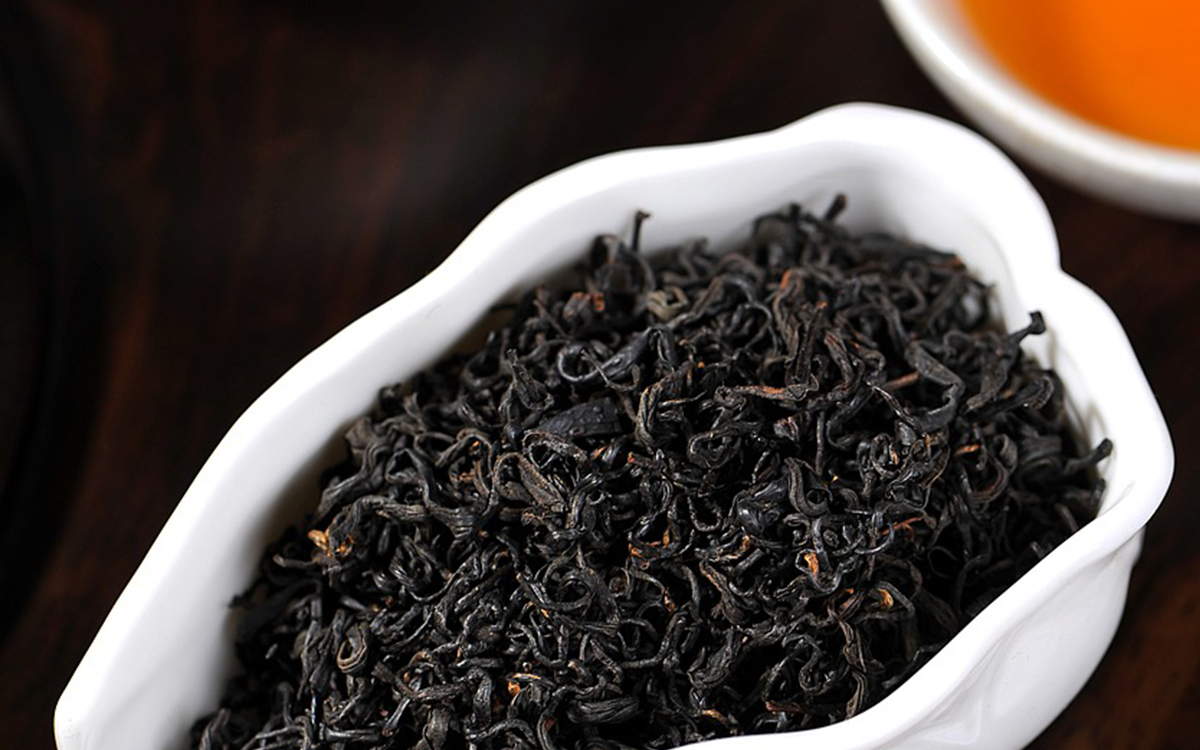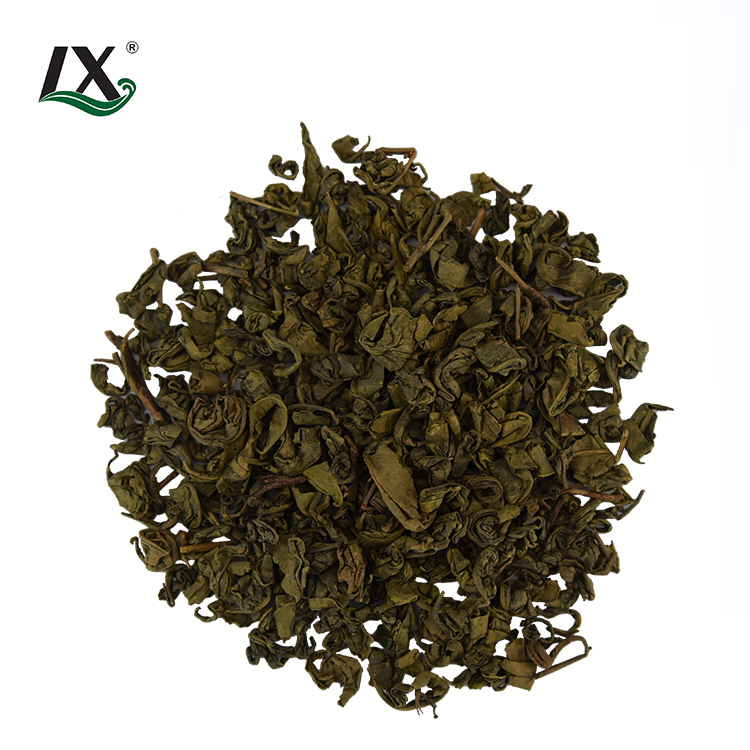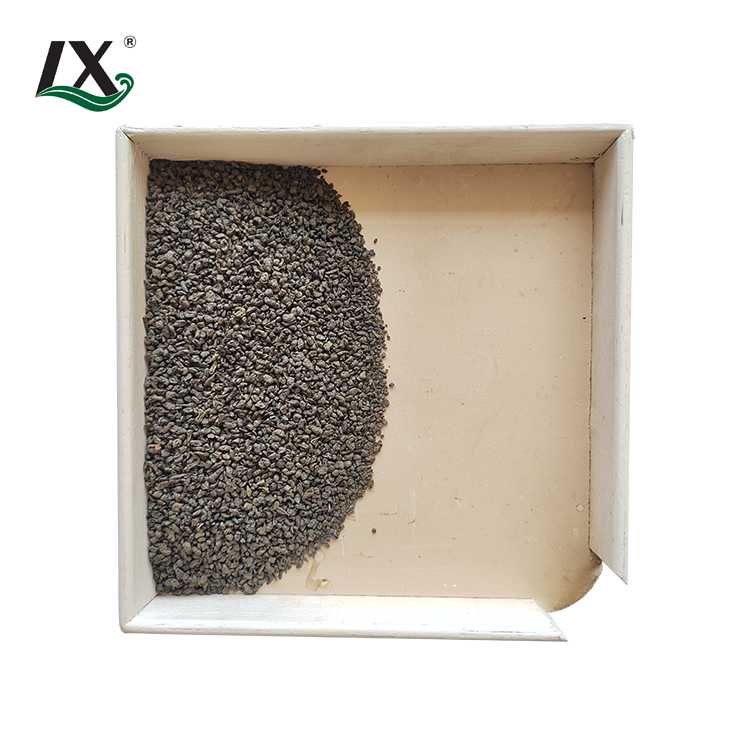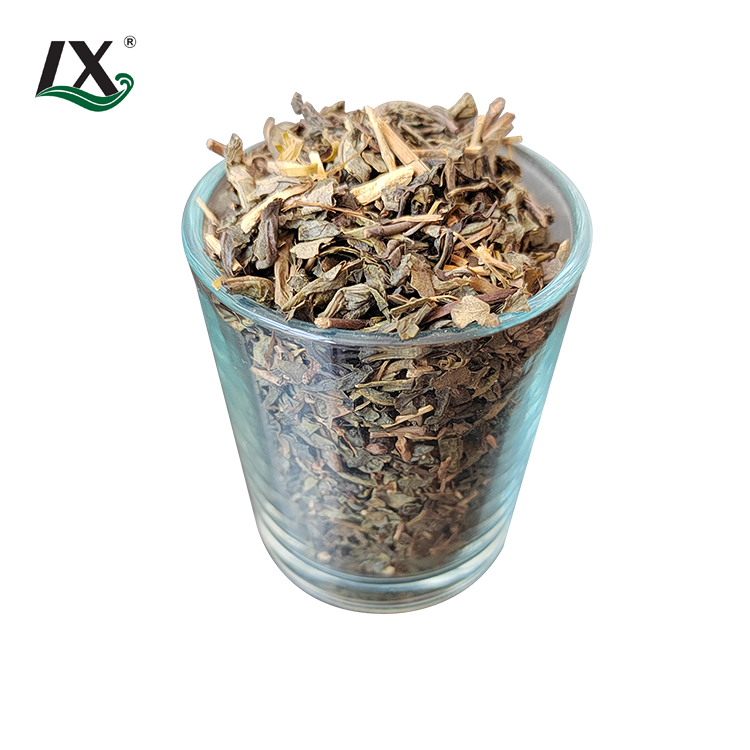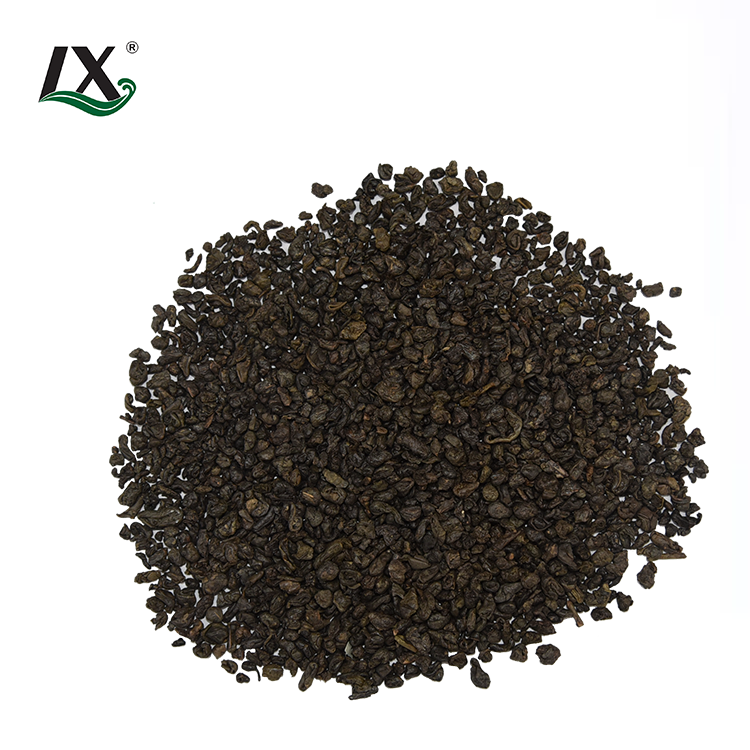Exploring the Unique Flavors of China Jasmine Green Tea
Introduction
China jasmine green tea, a harmonious blend of fragrant jasmine blossoms and tender green tea leaves, is celebrated for its unique flavor profile and aromatic qualities. This exquisite tea is not just a beverage; it embodies centuries of tradition, cultural significance, and health benefits. In this comprehensive exploration, we will delve into the distinct flavors of China jasmine green tea, its preparation methods, its historical roots, and its health benefits. Whether you are a seasoned tea drinker or a curious newcomer, this blog aims to enrich your understanding and appreciation of this delightful tea.
The Origins of China Jasmine Green Tea
Historical Background
The story of jasmine tea begins during the Song Dynasty (960–1279 AD), a period marked by cultural flourishing and advancements in art, literature, and gastronomy. During this time, jasmine was initially utilized for its medicinal properties. However, the delightful fragrance of jasmine flowers soon caught the attention of tea drinkers, leading to the practice of blending them with green tea.
This practice likely originated in the Fujian province, where both jasmine flowers and high-quality green tea were abundant. The region's unique climate, characterized by mild temperatures and ample rainfall, is ideal for cultivating these plants. As trade routes expanded, the popularity of jasmine tea spread across China and eventually to other parts of the world, becoming a staple in Chinese tea culture.
Cultural Significance
Jasmine tea holds a special place in Chinese culture. It symbolizes hospitality, elegance, and respect. Serving jasmine tea to guests is seen as a gesture of warmth and friendliness, reflecting the importance of tea in fostering connections and social bonds. Additionally, jasmine tea is often gifted during significant life events, such as weddings and festivals, representing purity and good fortune.
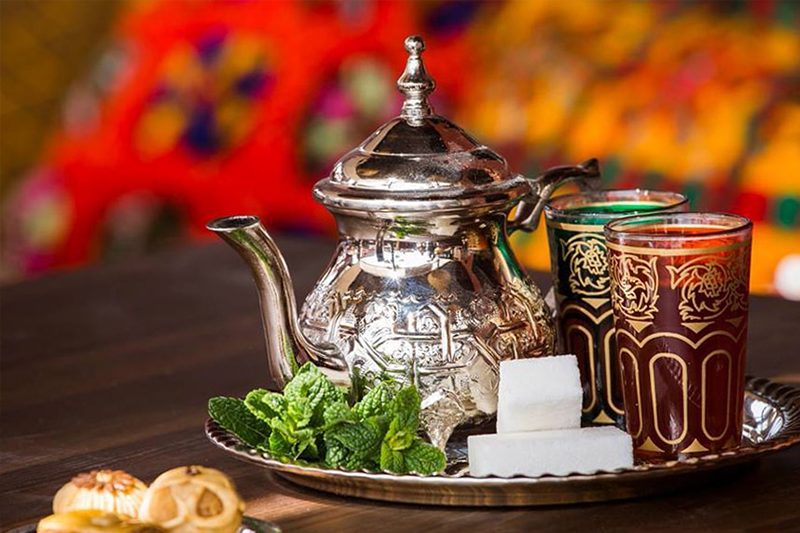
The Flavor Profile of China Jasmine Green Tea
The flavor of China jasmine green tea is an intricate balance of floral sweetness and vegetal freshness. Let’s break down the key components of its flavor profile:
1.Floral Notes: The primary characteristic of jasmine tea is its captivating floral aroma. The scent of jasmine flowers adds a light, sweet fragrance that is both soothing and invigorating. This aroma is most pronounced when the tea is brewed, filling the air with a delightful bouquet.
2.Vegetal Undertones: The green tea base contributes fresh, grassy notes, which provide a contrast to the floral aspects. Depending on the type of green tea used—be it Longjing (Dragon Well), Bi Luo Chun, or others—the vegetal flavors can range from sweet and creamy to slightly astringent.
3.Sweetness: A subtle sweetness often accompanies the floral notes, resulting from the natural sugars present in both the jasmine flowers and the tea leaves. This sweetness balances the flavors and enhances the overall tasting experience.
4.Mouthfeel: The mouthfeel of China jasmine green tea can vary depending on the quality of the tea and the brewing method. High-quality teas typically offer a smooth, velvety texture that glides across the palate, leaving a pleasant aftertaste.
Brewing Techniques for Optimal Flavor
To fully appreciate the unique flavors of China jasmine green tea, proper brewing techniques are essential. Here’s a step-by-step guide to brewing the perfect cup:
1.Choose Quality Tea: Start with high-quality loose leaf China jasmine green tea. Look for vibrant green leaves interspersed with whole jasmine flowers. The quality of the tea will significantly impact the flavor and aroma, so sourcing from reputable suppliers or specialty tea shops is advisable. Some well-regarded brands may also provide information on the sourcing and processing methods, ensuring a premium product.
2.Water Quality: Water quality plays a crucial role in brewing tea. Use filtered or spring water, as tap water can impart undesirable flavors and affect the tea's delicate profile. The ideal water temperature for brewing jasmine green tea is around 175°F (80°C). Using water that is too hot can scorch the leaves and lead to bitterness, while water that is too cool may result in under-extraction and a weak flavor.
3.Measuring: For a standard cup (8 oz) of tea, use about 1-2 teaspoons of loose leaf tea. The measurement may vary based on personal preferences and the specific tea used. For those who enjoy a stronger flavor, slightly increasing the quantity of tea can enhance the taste. Conversely, for a lighter cup, reduce the amount used.
4.Brewing Time: Steep the tea for 2-3 minutes. Oversteeping can lead to bitterness, while understeeping may result in a weak flavor. Experiment with brewing times to discover your ideal strength. A timer can be helpful to ensure precise steeping. For those who prefer a more robust flavor, a second infusion can also be tried, extending the steeping time by 30 seconds to a minute.
5.Enjoying the Aroma: Before sipping, take a moment to appreciate the aroma of the tea. Inhale deeply to fully experience the floral notes. This step enhances the overall tasting experience, as much of what we perceive as flavor comes from aroma. Engaging with the aroma can set the stage for a more enjoyable tasting experience.
Tasting Notes: What to Expect
When you take your first sip of China jasmine green tea, you’ll likely notice a delightful interplay of flavors:
- First Impressions: The initial taste is often a burst of floral sweetness, immediately evident on the palate. The jasmine infuses the tea with its characteristic aroma, making the first sip a captivating experience. This initial flavor is followed by the refreshing qualities of green tea, providing a sense of balance and complexity.
- Mid-Palate: As the tea settles on the palate, the vegetal undertones become more pronounced, adding depth to the flavor profile. You might detect hints of grassiness, or even a slight nuttiness, depending on the green tea variety. This mid-palate experience is crucial, as it showcases the tea's complexity and the skill involved in blending jasmine with green tea.
- Finish: The aftertaste is typically clean and refreshing, leaving behind a lingering sweetness that invites another sip. The floral aroma remains present, enhancing the overall experience. A well-brewed cup of jasmine green tea should leave a pleasant, soothing sensation, making it ideal for relaxation or meditation.
Many tea lovers appreciate the smooth finish of China Green Tea Chunmee 41022, which pairs beautifully with the fragrant qualities of China jasmine green tea. For a refreshing twist, try blending China Jasmine Green Tea with Chunmee 41022, allowing the floral aroma to enhance the tea's natural vegetal notes.

Pairing China Jasmine Green Tea with Food
One of the joys of China jasmine green tea is its versatility as a beverage pairing. Here are some food pairing suggestions that complement its unique flavors:
1.Light Seafood Dishes: The delicate nature of jasmine tea pairs exceptionally well with light seafood dishes, such as steamed fish or shrimp. The floral notes enhance the freshness of the seafood, while the tea's vegetal undertones complement the dish without overpowering it. For example, a light poached white fish with lemon and herbs can be a perfect match.
2.Asian Cuisine: Jasmine tea is a natural match for various Asian dishes, particularly those with fragrant herbs and spices. Thai or Vietnamese cuisine, known for its aromatic profiles, pairs beautifully with this tea. Consider enjoying it alongside dishes featuring lemongrass, ginger, or basil. The tea can enhance the overall dining experience by echoing the flavors of the meal.
3.Fresh Salads: Salads with citrus dressings or ingredients like avocado and nuts can be wonderfully complemented by the floral sweetness of jasmine tea. A citrus vinaigrette or a salad featuring fruits like mandarin oranges or pomegranate seeds can create a refreshing pairing that elevates both the food and the tea.
4.Sweets and Desserts: Light desserts, such as fruit tarts, almond cookies, or even a simple sponge cake, can create a delightful contrast with the tea’s flavors. The sweetness of the dessert amplifies the floral notes in the tea, creating a harmonious balance. Pairing jasmine tea with a dessert enhances the overall experience, making it a delightful end to a meal.
Health Benefits of China Jasmine Green Tea
Beyond its delightful taste, China jasmine green tea offers a range of health benefits, making it a popular choice among health-conscious individuals:
1.Rich in Antioxidants: Green tea is known for its high antioxidant content, which helps combat oxidative stress and may reduce the risk of chronic diseases. The polyphenols found in green tea, particularly catechins, have been linked to various health benefits, including improved heart health and reduced inflammation.
2.Supports Metabolism: The compounds in green tea, such as catechins, can boost metabolism and aid in weight management. Some studies suggest that regular consumption of green tea can increase fat oxidation and enhance exercise performance.
3.Promotes Relaxation: The soothing aroma of jasmine has been shown to reduce stress and anxiety, making this tea an excellent choice for relaxation. Drinking jasmine tea can create a calming ritual, providing a moment of tranquility in a busy day.
4.Heart Health: Regular consumption of green tea may contribute to heart health by improving cholesterol levels and promoting healthy blood circulation. The antioxidants present in the tea can help reduce LDL cholesterol (often referred to as "bad" cholesterol) while increasing HDL cholesterol (the "good" kind). This balance is essential for maintaining cardiovascular health and reducing the risk of heart disease.
5.Supports Immune Function: The antioxidants and essential oils found in jasmine can enhance immune function, helping the body fend off illness. The presence of flavonoids and polyphenols in jasmine green tea may support the immune system by promoting healthy inflammatory responses and reducing the severity of infections.
The Cultural Significance of Jasmine Tea in China
In Chinese culture, tea is more than just a beverage; it is a symbol of hospitality and tradition. Jasmine tea, in particular, holds a special place in Chinese tea ceremonies and gatherings. Serving jasmine tea to guests is a sign of respect and warmth, reflecting the cultural importance of tea in fostering connections.
Additionally, jasmine tea is often gifted during special occasions, such as weddings or festivals, symbolizing purity and elegance. Its enchanting aroma and taste make it a cherished choice for celebrations and gatherings.
Conclusion
China jasmine green tea is a remarkable beverage that offers a unique sensory experience through its enchanting flavors and fragrant aroma. With its rich history, exquisite taste, and numerous health benefits, it is a testament to the artistry of tea-making in China. Whether enjoyed solo or paired with delicious foods, this tea invites us to slow down and appreciate the beauty of each sip.
As you explore the world of China jasmine green tea, may you find joy in its flavors and connect with the cultural traditions that have celebrated this tea for centuries. Whether you are a connoisseur or just beginning your tea journey, China jasmine green tea is sure to captivate your senses and enhance your appreciation for this timeless beverage.







